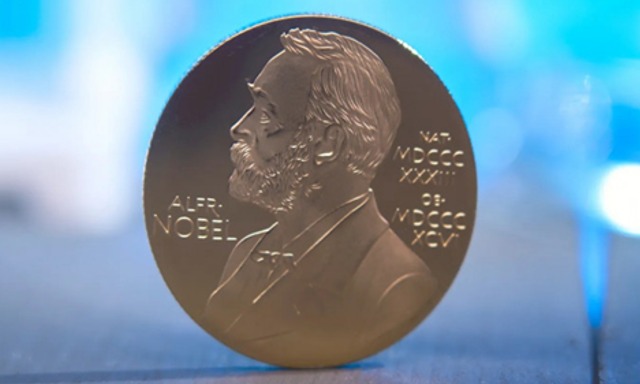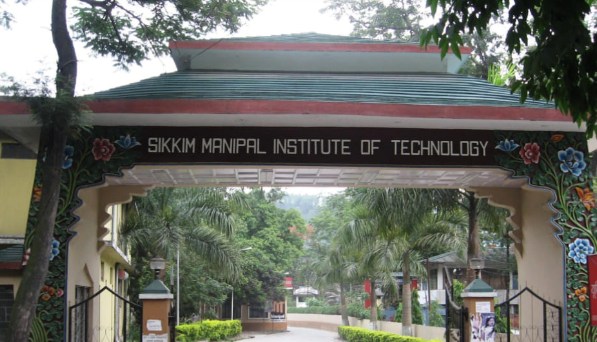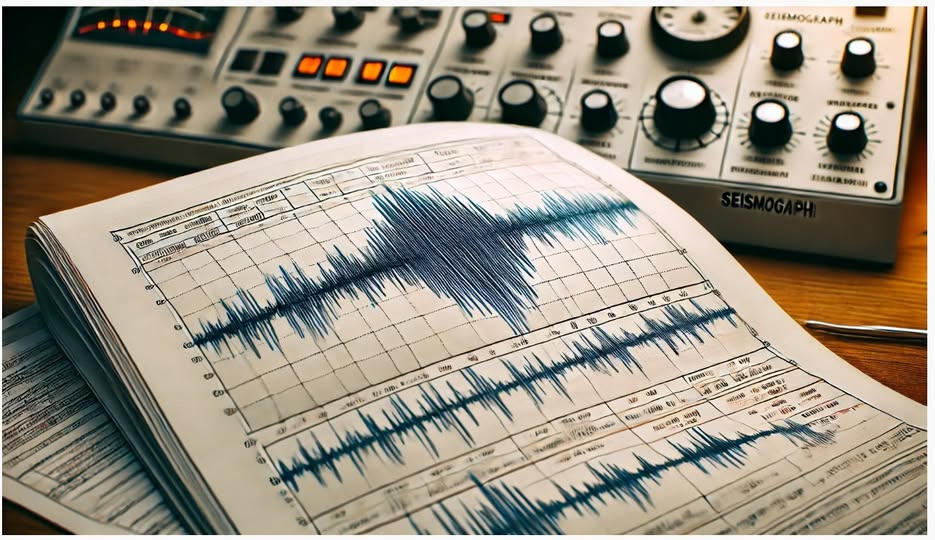
Gangtok, Oct 6 : The yearlong waiting to know the winners or laureates of “Nobel Prize-2025” are about to over and the declaration will commence from 3rd October, 2025. We all are eager to know who those luminaries from different countries are and their institutions enlighten us with their ground breaking research works in Chemistry, Physics, Medical research, Economics and Peace. Before that let us go down memory lane how this prestigious award was started and continues to create our special attraction of the year. Sir Alfred Nobel was a Swedish chemist, inventor of dynamite, and philanthropist who established the Nobel Prize in his 1895 will. The Nobel Prizes, first awarded in 1901, honour individuals who have made significant discoveries and contributions to humanity in the fields of physics, chemistry, physiology or medicine, literature, and peace.
How the Nobel Prizes Are Chosen?

1. Nominations: Nominations close on January 31st each year, with committees able to add names at their first February meeting. 2. Expert Review: Valid nominations are discussed to form a shortlist, with each candidate assessed by permanent advisers and other experts. 3. Deliberation and Voting: The committee meets roughly monthly, seeking consensus or a majority vote, usually in August or September. 4. Final Decision: The committee’s decision is final and cannot be appealed, with full nomination records remaining confidential for 50 years.
Areas of Current Speculation for Nobel Prizes
Scientific Fields: Current highly cited researchers and major advancements in areas like protein-protein phase separation, quantum computing, and the discovery of appetite-regulating hormones like ghrelin are often cited by experts as potential areas for recognition. Relevance: A trend suggests that committees may be more disposed to award work of current relevance, such as advancements in CRISPR, protein folding, graphene, and the application of artificial intelligence in medicine.
Literature: Authors frequently mentioned as potential candidates for the Literature Prize include Can Xue, Haruki Murakami, and László Krasznahorkai. Peace: While the nominations are kept secret, there is increased attention on individuals and organizations working in areas related to climate action, human rights, and global stability.
The Nobel Prize 2025 will be announced in October 2025. Speculation often arises from experts, academic databases, and even betting odds, but the actual selection process is highly secretive, with nomination lists sealed for 50 years. Recent trends suggest a focus on relevant scientific advancements like protein phase separation and quantum computing, as well as ongoing importance for topics like climate change. While the official Nobel Prize nominations are confidential for 50 years, speculation for the 2025 Nobel Prize in Chemistry includes names like Omar Yagi, Kazunari Domen, Shankar Balasubramanian, and Kevin Shokat, recognized for work in areas like metal-organic frameworks, photocatalysis, DNA sequencing, and cancer research. For the 2025 Nobel Prize in Physiology or Medicine, potential candidates are less clear, though areas such as the cGAS-STING pathway and CAR-T cell therapies, associated with Zhijian James Chen, Glen Barber, and Zelig Eshhar, Michel Sadelain, Carl June, and Steven Rosenberg, are considered. Scientists and the public can only speculate until the official announcement in October.
Unknown facts about Nobel Prize history

Prof. Linus Pauling, a renowned chemist won two unshared Nobel Prizes (one for chemistry & another for peace), the International Committee of the Red Cross is the only organization to win three times, and prizes were not awarded during WWI and WWII, resulting in 49 years where no prizes were given. Other facts include that the Peace Prize is awarded in Oslo while the others are in Stockholm, some laureates have declined the prize, and a prize was once sold to cover medical expenses. Multiple Laureates and Organizations: International Committee of the Red Cross: is the only organization to have won the Nobel Peace Prize three times (1917, 1944, and 1963). The United Nations High Commissioner for Refugees has won the Nobel Peace Prize twice (1954 and 1981).
Prizes Not Awarded: The Nobel Prizes have not been awarded a total of 49 times, mostly during World War I and World War II. Declined Prizes: Three writers have famously declined the prize:
Erik Axel Karlfeldt in 1919. Boris Pasternak in1958. Jean-PaulSartre in 1964. Ceremonial Location: The Nobel Peace Prize ceremony is held in Oslo, Norway, while the ceremonies for Physics, Chemistry, Medicine, Literature, and Economics are held in Stockholm, Sweden.
Indian not recommended for Nobel Prize
Sir Jagadish Chandra Bose, renowned physicist and founder of Bose Institute, Calcutta, was the first to show wireless signaling in 1895. He also made a radio wave receiver called the ‘Coherer’ from iron and mercury and showed it in London and Kolkata. But Nobel Prize in Physics for wireless communication was given to Guglielmo Marconi in 1909.
Indian scientists and their work is not noticeable and recognizable at global level as compared to the work of the scientists from West. Dr Chandra K Mittal, biotechnology professor living in Houston, Texas in an article has made it clear that many times Indian scientists do not get the required ‘ownership’ and ‘credit’ for their inputs in the original work. Mittal and Ferid Murad jointly did the work on the discovery of nitric oxide signalling system, but only Ferid Murad was awarded with the Nobel Prize not MIttal. Connection plays a significant role while selecting the name for Nobel Prize.
It is very sad and astonishing that Indian scientists and their work is not recognized at International level.But apart from this there is something wrong with respect to research and development in India after independence. In US research and development is still a part of Universities. Scientific discoveries from Universities travel to create technology and products. But in India, Universities which were responsible for research before independence no longer receive the required funds. Group of labs were formed under different scientists after independence. The top most scientific institutions receive most of the government funding for scientific development. On the other hand, Universities which used to work in this direction started getting fewer funds. This resulted in a great decline.
The Nobel Committee awards theoretical physicists whose theories have been experimentally verified. This is due to their policy of awarding those individuals whose achievements have been “tested by time”.Many Nobel-calibre physicists either pass away or are awarded very late in their life. Chandrasekhar was awarded the prize in 1983 for his work in the 1930s. Higgs was awarded in 2013 for his work in the 1960s.
The first “pure” Bose–Einstein condensate was created by Eric Cornell, Carl Wieman, and co-workers at JILA on 5 June 1995. This feat was achieved 21 years after Bose’s death back in 1974. They were awarded the 2001 Nobel Prize in Physics “for the achievement of Bose–Einstein condensation in dilute gases of alkali atoms, and for early fundamental studies of the properties of the condensates.” It was so unfortunate our brilliant Prof. Satyendra Nath Bose was ignored who was the man behind this creation while applications of his work was awarded “Nobel Prize”.

They achieved this by cooling a dilute vapor of approximately two thousand rubidium-87 atoms to below 170 nK using a combination of laser cooling and magnetic evaporative cooling. Laser cooling was invented in 1985 and improved beyond the 1990s. The 1997 Nobel prize in Physics was awarded to Steven Chu, Claude Cohen-Tannoudji, and William D. Phillips for this invention.So we can see, the technology required to verify Bose’s theory didn’t exist during his lifetime. He wrote his famous paper way back in 1924 at a young age of 30 but the Nobel Committee does not give any posthumous awards as a policy. Bose is an immortal scientist for all of us and he will remain so.. The great Soviet physicist Lev Landau made a popular list of great physicists known as the Landau’s List. He ranked physicists on a logarithmic scale of productivity ranging from 0 to 5. The highest ranking, 0, was assigned to Isaac Newton. Albert Einstein was ranked 0.5. Satyendra Nath Bose, along with all the founding fathers of quantum mechanics were ranked a score of 1.
Contributed By :
Bhaskar Chakraborty
Professor of Chemistry
Sikkim Government College (NBBGC)
An Extension Centre of Sikkim University for PG Studies in Chemistry
Tadong, Gangtok






